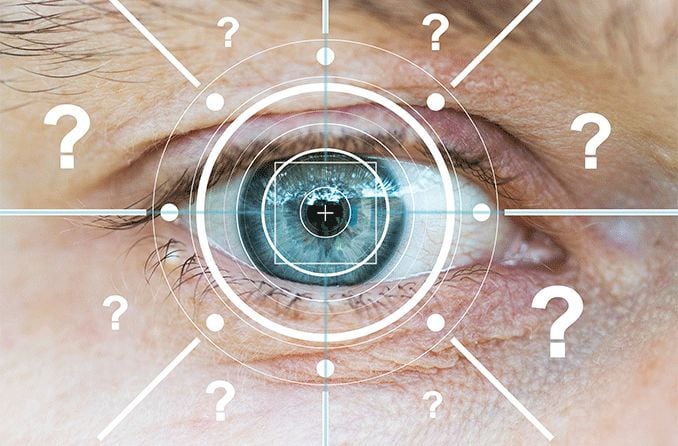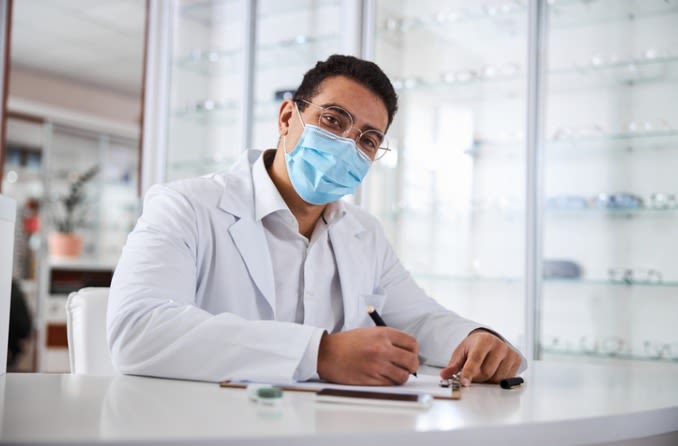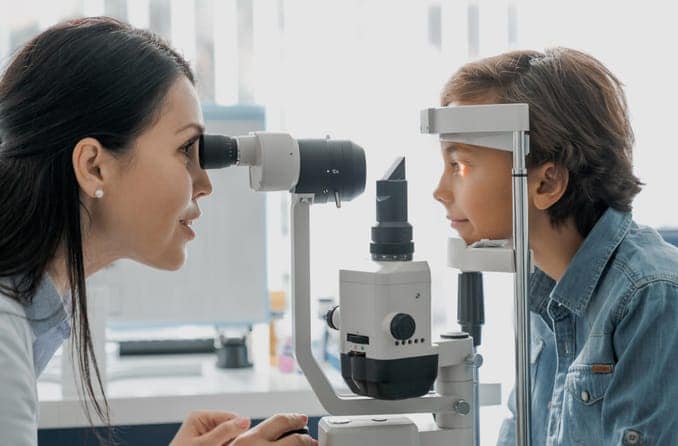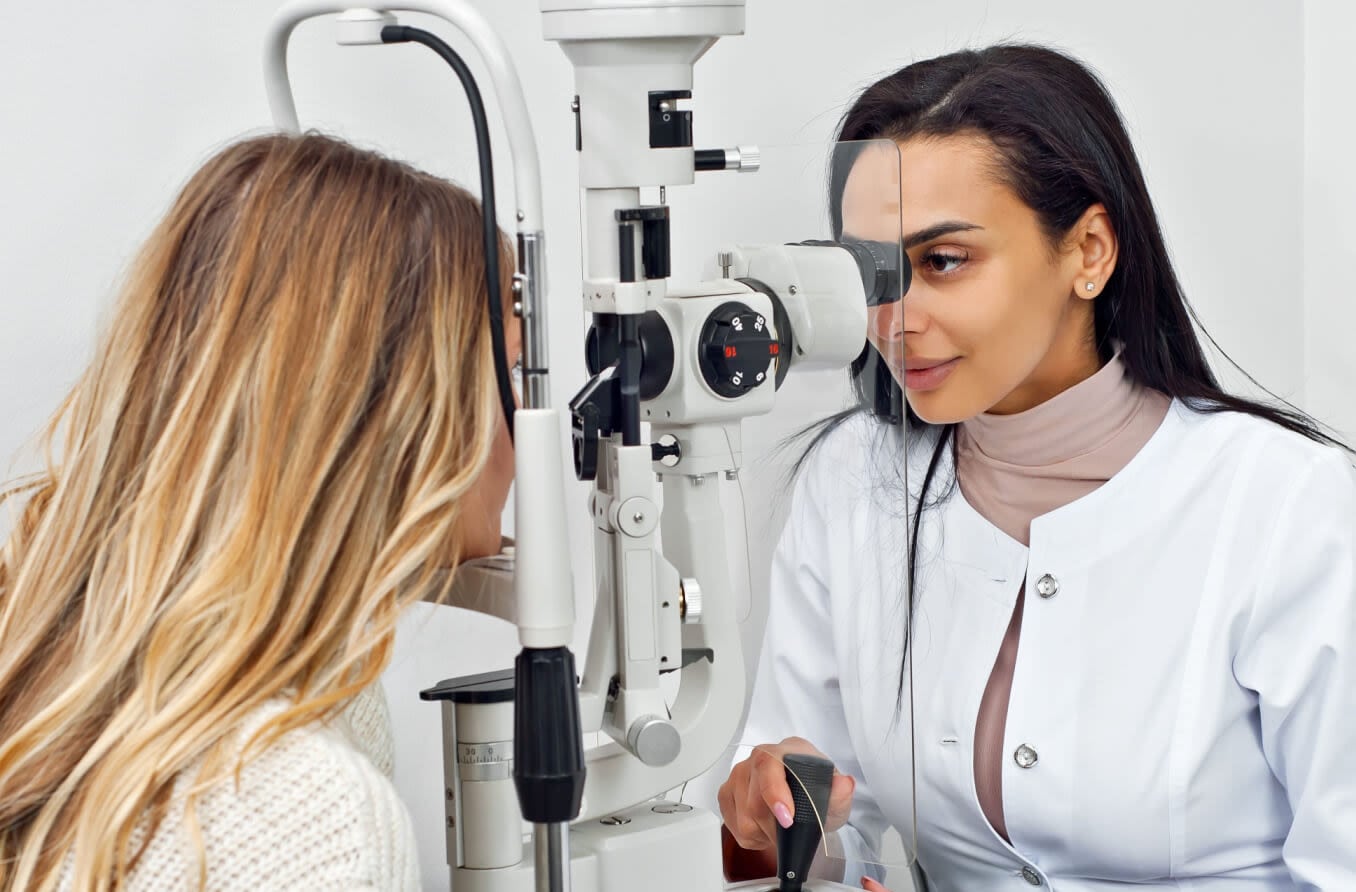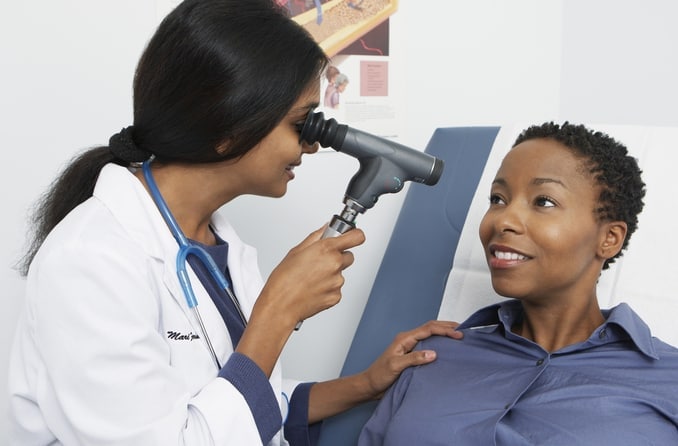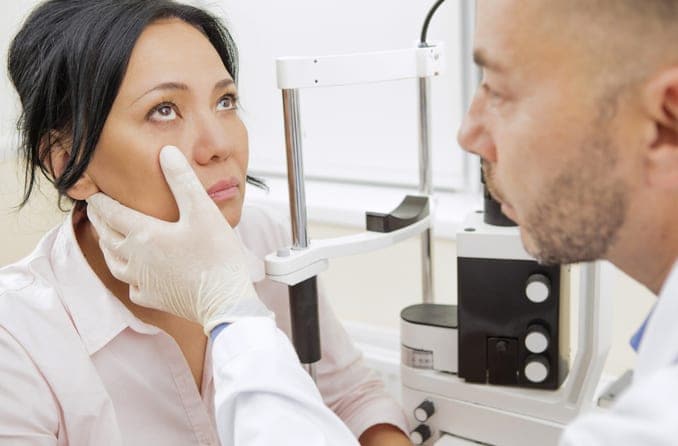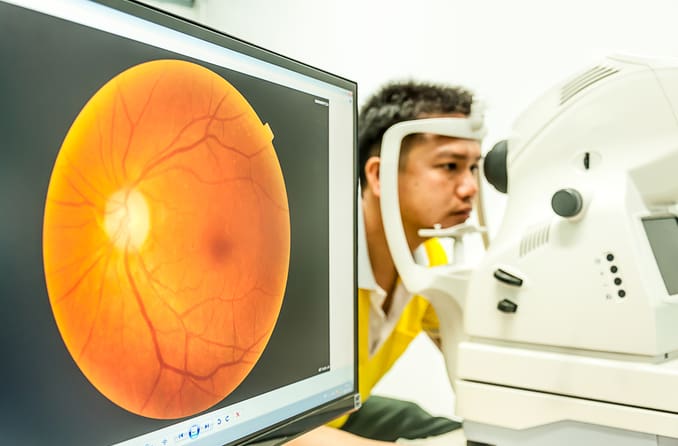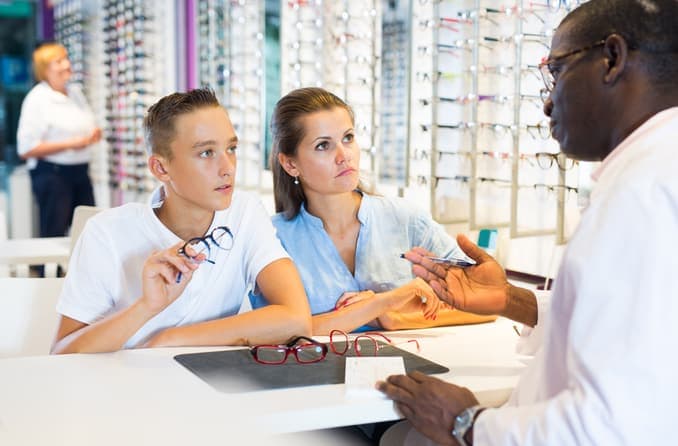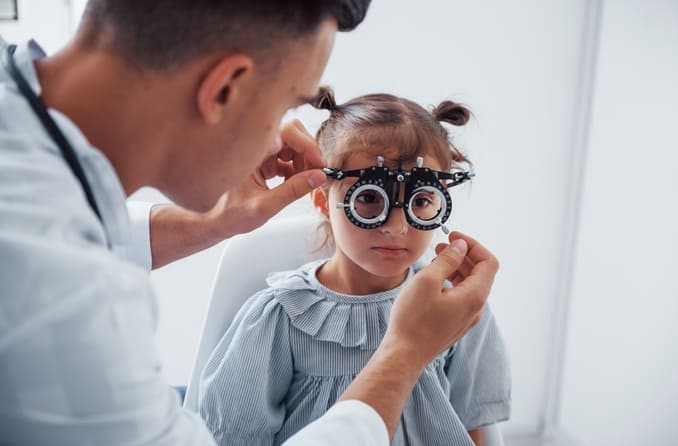What does “ophthalmic” mean?
Ophthalmic (ahf-THAL-mick) means that something relates to the eyes in some way.
Most ophthalmic terms involve health, medicine or anatomy. Some uses are more common than others.
To better understand how the word is used, try mentally replacing “ophthalmic” with “eye-related.” You can think of an ophthalmic technician as an eye-related technician, or an ophthalmic migraine as an eye-related migraine, for example.
Ophthalmic technician
An ophthalmic technician helps an ophthalmologist (medical eye doctor) with some tasks and exams relating to a patient’s eyes.
Ophthalmic technicians can be responsible for:
- Performing basic tests to check for eye conditions and diseases.
- Measuring a patient’s visual sharpness and determining their vision prescription.
- Assisting the doctor during certain tests and procedures.
- Gathering patient history, scheduling appointments and managing inventory.
Be careful not to confuse ophthalmic technicians with ophthalmic technologists. Technologists usually require more training so they can help during surgeries and other delicate procedures.
Ophthalmic migraine
Ophthalmic migraine is another name for a retinal or ocular migraine. Casually, you might also hear them called “eye migraines.” All of these terms describe the same condition.
Ophthalmic migraines are rare. They usually come with the following symptoms:
- Partial or complete vision loss in one eye.
- Eyesight that usually returns to normal within an hour.
- A headache (not in all cases).
An ophthalmic migraine can be a sign of a more serious condition. People who have eye pain or vision changes should schedule an appointment with an eye doctor.
A visual migraine is not the same as an ophthalmic migraine. A visual migraine describes a “traditional” migraine that occurs with an aura — a temporary phenomenon that usually looks like jagged flashes or colorful, arc-shaped lights. Auras occur in both eyes and often go away within 30 minutes.
SEE RELATED: What causes a headache behind the eyes?
Ophthalmic artery
The ophthalmic artery is a blood vessel that supplies blood to the eyes, eye muscles, and other structures in or near the bony area around each eye.
The ophthalmic artery is part of the carotid artery network. This system of blood vessels supplies blood to parts of the face and head, including the brain.
During an ophthalmic artery occlusion, the artery becomes partially or completely blocked. This is a medical emergency and can lead to permanent vision loss if it isn’t treated right away.
Ophthalmic ointment
An ophthalmic ointment is usually a thick, greasy substance placed directly on the eye or eyelid to treat a bacterial infection.
The ointment is usually applied before bedtime, giving it time to melt along the surface of the eye without affecting someone’s vision.
One of the most common ophthalmic ointments is a triple antibiotic combination of neomycin, bacitracin and polymyxin, which is used to treat infections of the eye or eyelid.
Less commonly, ophthalmic ointment can also treat:
- A condition that causes inflammation of the eye.
- Discomfort resulting from severe forms of dry eye syndrome.
- Other short- and long-term eye conditions.
Ophthalmic solution
Liquid eye drops are sometimes referred to as ophthalmic solutions, but usually only by pharmacists and medical professionals.
Unlike ointments, these liquid solutions won’t interfere with your vision very much.
Ophthalmic ofloxacin is one common ophthalmic solution. It’s used to treat eye infections like bacterial conjunctivitis.
Lifitegrast (Xiidra) is a popular ophthalmic solution used to treat dry eye syndrome.
By contrast, a dry eye treatment like cyclosporine (Restasis) is an ophthalmic emulsion, a type of eye drop that combines oil and water to help the solution stay on the eye’s surface for a longer period of time.
In some cases, an ophthalmic emulsion can even help the eyes naturally produce more tears.
READ MORE:Which eye drops are best for you?
